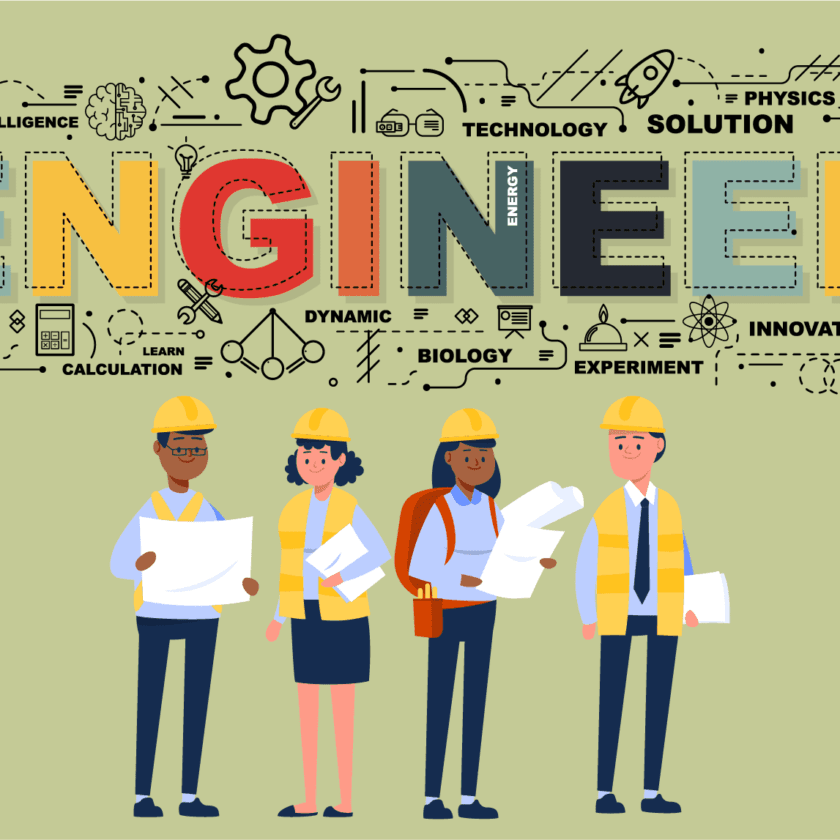
GPS (Global Positioning System) Applications:
- Surveying and Mapping: GPS enables highly accurate topographic surveys for site assessment, generating precise 3D models of the terrain. This is crucial for planning infrastructure projects like roads, bridges, and buildings, ensuring proper alignment and minimizing environmental impact. Real-time kinematic (RTK) GPS provides centimeter-level accuracy, essential for setting out construction points and monitoring ground deformation.
- Construction Staking and Layout: GPS-guided equipment, such as bulldozers and excavators, can automate grading and earthmoving operations according to design plans. This minimizes material wastage, improves precision, and reduces construction time. GPS is also used for precisely locating underground utilities before excavation, preventing costly damages and safety hazards.
- Monitoring Structural Health: GPS sensors can be deployed on bridges, dams, and other critical infrastructure to monitor structural movement and deformation over time. This data helps identify potential problems early, enabling proactive maintenance and preventing catastrophic failures.
- Asset Management: GPS tracking devices attached to construction equipment and vehicles provide real-time location data, improving asset utilization, preventing theft, and optimizing logistics.
GIS (Geographic Information System) Applications:
- Site Selection and Planning: GIS integrates various spatial data layers (e.g., topography, soil types, land use, environmental constraints) to identify optimal locations for infrastructure projects. It allows engineers to analyze potential impacts, minimize environmental damage, and optimize project design based on various criteria.
- Environmental Impact Assessment: GIS is used to assess the potential environmental impacts of construction projects, such as habitat loss, water pollution, and noise pollution. By overlaying project plans with environmental data layers, engineers can identify sensitive areas and implement mitigation measures to minimize adverse effects.
- Infrastructure Management: GIS provides a centralized platform for managing and maintaining infrastructure assets, such as roads, bridges, water pipelines, and sewer systems. It allows engineers to track asset condition, schedule maintenance activities, and respond quickly to emergencies. Spatial analysis tools in GIS can identify areas prone to flooding, landslides, or other hazards, enabling proactive risk management.
- Transportation Planning: GIS is used extensively in transportation planning to analyze traffic patterns, identify congestion bottlenecks, and optimize transportation networks. It allows planners to model the impact of new infrastructure projects on traffic flow and develop efficient transportation solutions.
- Emergency Response: During natural disasters or other emergencies, GIS provides a crucial platform for coordinating emergency response efforts. It allows first responders to access real-time information on affected areas, locate critical infrastructure, and allocate resources effectively.
Difference Between GIS and GPS: Comparison between Two Systems of MappingWhile often used together and sometimes confused, GIS (Geographic Information System) and GPS (Global Positioning System) are distinct technologies that serve different purposes in the realm of mapping and spatial data analysis. Understanding the difference between them is crucial for anyone working with geographic information. Think of GPS as the tool that tells you “where,” while GIS is the tool that tells you “what, why, and how” about that location.
GPS, at its core, is a satellite-based navigation system. Its primary function is to determine the precise location of a receiver on Earth. It does this by triangulating signals from a network of orbiting satellites. You get coordinates – latitude, longitude, and altitude – in real-time. A GPS receiver, like the one in your smartphone or car, simply receives these signals and calculates its position. GPS is fantastic for navigation, tracking movement, and collecting location data. Think of surveyors using GPS to accurately mark property boundaries, or hikers using it to navigate trails.
GIS, on the other hand, is a much broader concept. It’s a system designed to capture, store, analyze, manage, and present all types of data that are linked to a location. It’s about creating digital maps and analyzing spatial relationships. GIS can take location data from GPS (or other sources) and integrate it with other information, such as demographics, environmental conditions, infrastructure details, and more. So, you could use GIS to analyze crime patterns in a city, plan the optimal route for a new highway considering environmental impact and cost, or assess the risk of flooding in a coastal area. The power of GIS lies in its ability to combine and analyze different layers of information to solve complex problems.
In essence, GPS provides the raw geographic coordinates, while GIS provides the framework for understanding and utilizing that location data in conjunction with other relevant information. They are often used in conjunction: GPS collects the data, and GIS analyzes and visualizes it. They are two separate but complementary technologies that have revolutionized the way we understand and interact with our world.
GPS and GIS are powerful technologies that, when combined, provide unparalleled insights into our world. GPS delivers precise location data, pinpointing the “where.” GIS integrates this “where” with other information like demographics and environmental factors, answering the “what,” “why,” and “how.” For example, GPS identifies a polluted stream’s location, while GIS combines this with data about nearby factories and rainfall to analyze the pollution’s source and impact, generating maps to inform remediation strategies.
Applications are vast, spanning urban planning, disaster response, agriculture, and environmental management. Farmers optimize resources, emergency responders navigate efficiently, and city planners improve infrastructure. GPS and GIS enable unprecedented visualization and analysis, leading to better decisions and a more sustainable future. This synergy goes beyond mapping. In logistics, GPS trackers feed real-time location data to GIS platforms, optimizing routes and predicting delays, leading to efficient supply chains.
Increased accessibility is democratizing these technologies. Smartphone apps and user-friendly software empower citizen scientists to map flora and fauna, hikers to navigate trails, and individuals to understand their environment. The integration of GPS and GIS with AI and IoT promises even more transformative applications. Smart cities can optimize traffic flow, and drones can monitor crops with precision. These technologies are empowering us to understand, manage, and build a better world.



